#King García Sánchez III of Navarre
Explore tagged Tumblr posts
Text
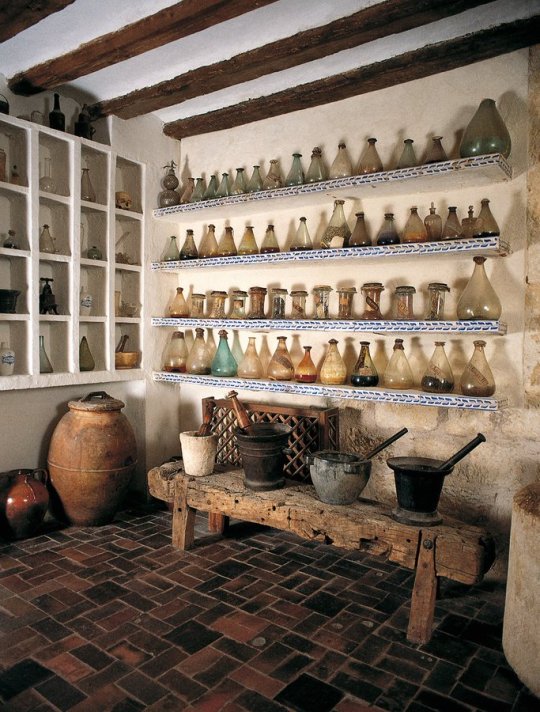
Silos's pharmacy.
In the ancient Abbey of Saint Dominic of Silos, the old pharmacy has been preserved to these days. In old times, it had a botanic garden, a pharmaceutical laboratory, a very interesting library and hundreds of earthenware pots for potions and remedies.
More information about the Abbey here (EN):
The monastery dates back to the Visigothic period of the 7th century. In the 10th century, the abbey was called San Sebastián de Silos, but acquired its current name when Dominic of Silos was entrusted to renovate the abbey by Fernando the Great, King of Castile and León. Dominic had been prior of the Monasteries of San Millán de la Cogolla before being driven out with two of his fellow monks by King García Sánchez III of Navarre, for opposing the king's intention to annex the monastery's lands.
Ps. Thanks to all the people who has reblogged and liked this post. 😊
#Spain#Middle Ages#St Dominic of Silos#Monasteries#Catholic Monasteries#Visigoths#King Fernando the Great of Castille and Leon#San Millán de la Cogolla#King García Sánchez III of Navarre#Castille and Leon#Navarre
124 notes
·
View notes
Photo
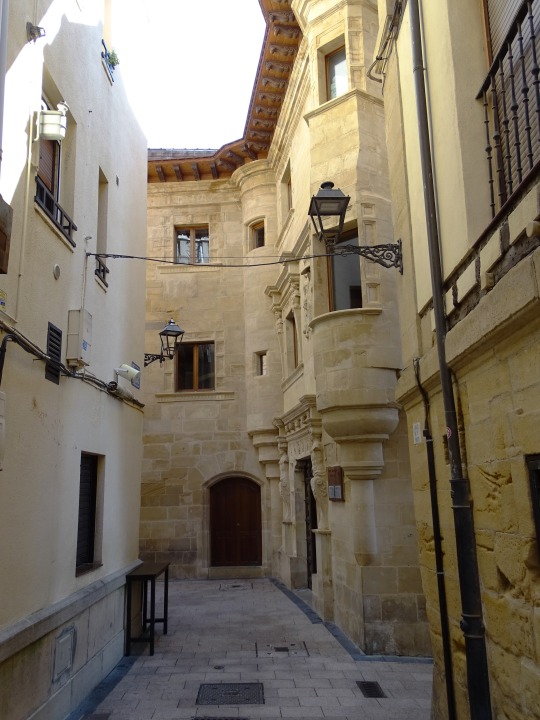
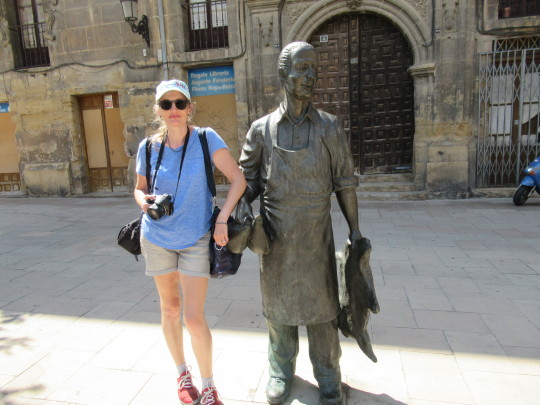
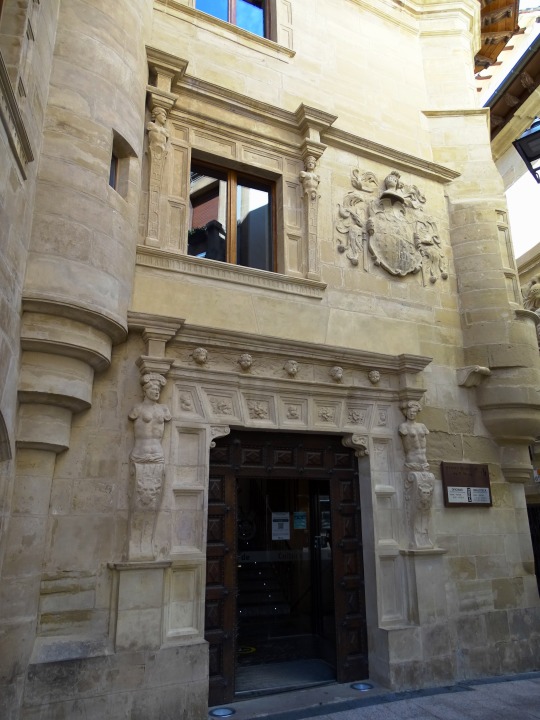
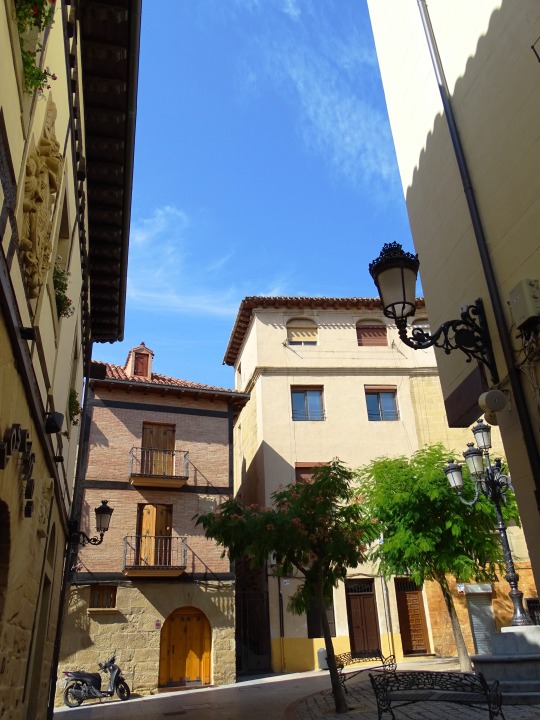


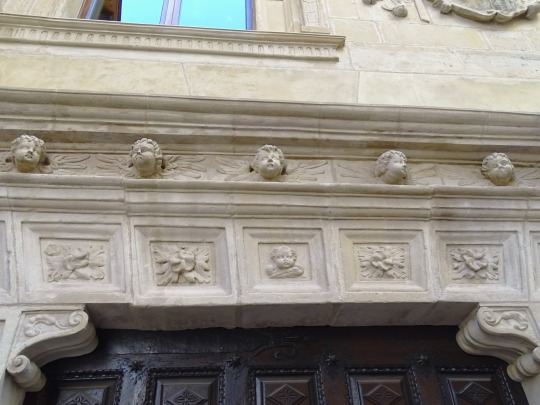



Haro, Spain (No. 2)
During the Roman rule of Hispania, a fort called Castrum Bibilium was built in the cliffs of Bibilio. The first mention of Haro dates back to the year 1040, in a document of king García Sánchez III of Navarre"el de Nájera". Alfonso VI of León and Castile entrusted the tenencia to Diego López I de Haro after the death of Count García Ordóñez and the first of the lords of Biscay to attach the name of this town to his patronymic was Diego's son, Lope Díaz I de Haro.
Since the early 19th century Haro has established a worldwide reputation for being the most important wine town in the Rioja wine region and remains so today even though the number of Bodegas in the region have multiplied 8 times to 574 during the past 50 years (1970 to 2020).
The key focus of this reputation is at the Barrio Estación where 7 of the best Rioja Bodegas are located - namely Bodegas Bilbainas (founded 1859); Compañia Vinícola del Norte de España [CVNE] f.1879; R. López de Heredia (f 1877); Bodegas Roda (f 1989); Bodegas Muga (f.1932); Bodegas La Rioja Alta S.A. (f.1890).
In other parts of the town are Bodegas Martnez Lacuesta (f.1873); Bodega Berceo (f.1801); Carlos Serres (f.1896) and Ramon Bilbao (f.1924). Féderico Paaternina was founded in 1897 and became a very influential name in the wine business in Spain until its final collapse in 2010 when the Bodega closed and the brand of Banda Azul was sold to Berberana following a very difficult period after the appropriation of their owners Rumasa in 1983 by the new Spanish Government and the failure of the subsequent owner to keep the company as a going concern.
Source: Wikipedia
#Palacio de Paternina#Botero by Ángel Gil Cuevas#Haro#La Rioja#España#Battle of Wine by Maria Pilar Gutierrez#Calle San Martin#Plaza San Martín#alley#old town#original photography#summer 2021#architecture#travel#cityscape#tourist attraction#landmark#sculpture#public art#Spain#Northern Spain#Southern Europe#street scene#pedestrian zone
5 notes
·
View notes
Text
The Virgin of the Cave (Santa María de la Cueva), in the Monastery of Santa María la Real, in Nájera, La Rioja, Spain.
According to legend, García Sánchez III, king of Nájera-Pamplona, found a miraculous image (not this statue) of Mary here in 1044; the shrine dates to 1052. Originally part of the kingdom of Navarre, Nájera is now in the community of La Rioja. The statue is from the medieval period and was last restored in 1948.

1 note
·
View note